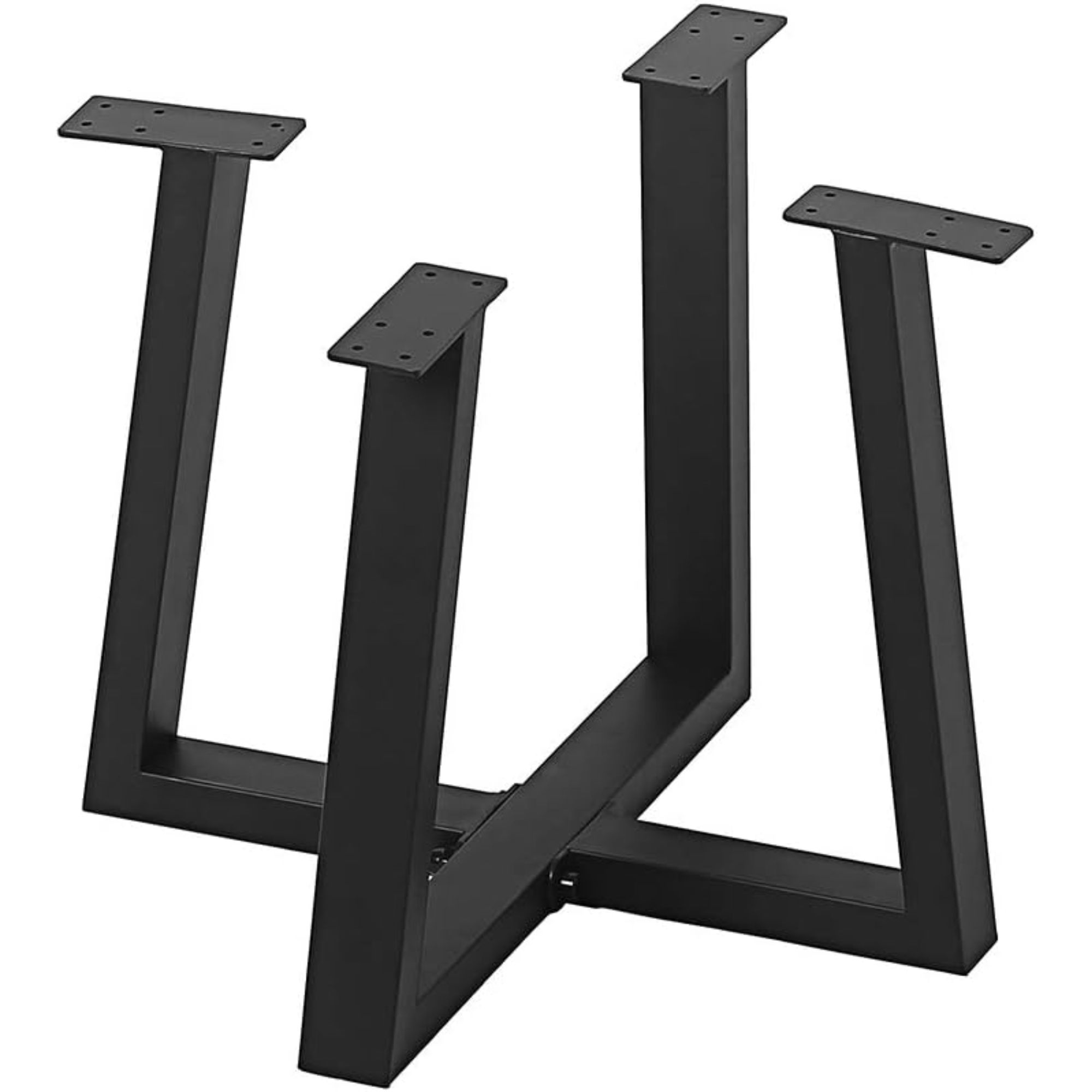How to prevent furniture marks in carpets and rugs – 5 techniques to try
These are the buys and techniques experts swear by to prevent your furniture from damaging your carpet permanently


When heavy furniture is left on rugs for extended periods, it can create unsightly indentations, making it difficult to rearrange a room without exposing the damage to your carpet.
To preserve the look of your favorite carpet ideas and reduce how often you should replace your carpet, you can use several effective strategies to prevent and lessen these unsightly dents.
See what furniture and rug specialists recommend, below.
How to prevent furniture marks in carpets and rugs
'Ultimately, heavy furniture will cause some form of indentation on almost all types of carpet over time, but these steps can help reduce the impact, both literally and figuratively,' says Ryan Malone, business manager for rug specialist Love-Rugs.
1. Use furniture coasters or cups

'The primary cause of dents on your carpet is the pressure exerted by furniture. Reducing this pressure will effectively prevent dents from forming or minimize their depth, making them easier to fix,' says Ivo Iv, the founder and CEO of Decor Home Ideas.
'Furniture coasters, which are small, adhesive cushions, and furniture cups, typically made from wood, plastic, or metal, can distribute the weight of the furniture, thereby reducing the pressure at points of contact.
'Plus, you can easily find coasters that will match or complement the aesthetics of your furniture or carpet.'
Design expertise in your inbox – from inspiring decorating ideas and beautiful celebrity homes to practical gardening advice and shopping round-ups.
Choose a coaster or cup with a non-skid base so it doesn’t slide around. You can use these transparent DIY Doctor Furniture caster cups from Amazon.
2. Rearrange furniture regularly

Moving furniture a few centimeters occassionally is key to preventing dents as it will allow the carpet beneath the legs to bounce back. 'By shifting furniture periodically, you ensure that the carpet fibers do not become permanently compressed in one place,' says Ryan Malone. 'This doesn’t have to be a major undertaking – even slight adjustments every few months can make a significant difference.'
You don't have to rearrange your furniture every time the carpet begins to show signs of indentation. Surface-level dents can easily be fixed by inserting your fingers into the indentations and working the pile back into shape – however, indentations that develop from leaving furniture in the same spot for years will be considerably harder to manually erase.
'When moving furniture, always lift rather than drag to prevent excessive pressure and potential damage to the carpet or rug,' adds Ryan Malone. Alternatively, you can use furniture sliders under heavy items to make it easy to move heavy furniture by yourself while reducing the risk of marks when rearranging your room.
3. Place furniture pads or an area rug under furniture

Carpet protectors, such as transparent vinyl or rubber mats from Amazon, can be placed under furniture legs to prevent dents, as these materials are less likely to cause indentations compared to wood or metal. You can also using an area a rug over your carpet, as Amber Mundy, a home improvement specialist at Build and Renovate recommends.
'Consider putting a rug under particularly problematic pieces of furniture if you know it will certainly scuff your luxurious new carpet. Select a rug with a sturdy backing for optimal results. If the legs of your sofa are out of sight, you can insert a reasonably priced, well-made rug below it by cutting it to the exact size.'
4. Choose furniture with wider legs

Furniture pieces that have wider legs can distribute their weight more evenly than pieces with narrow legs. Bear this in mind when determining the best options for areas with rugs or buying new furniture.
Alternatively, where possible, consider replacing narrow furniture legs with wider leg attachments.
5. Clean the carpet regularly

Vacuuming and shampooing your carperts regularly will keep its fibers in good condition, ensuring they are less likely to absorb marks and retain permanent damage.
'Not only does it keep your carpets and rugs clean, but it also helps to maintain the pile’s resilience,' explains Ryan Malone. 'When you vacuum, the fibers are lifted and rejuvenated, which reduces the risk of them becoming flattened over time. Incorporate a vacuuming routine that includes a focus on high-traffic areas and under furniture, using attachments that are gentle yet effective.' Knowing how often you should vacuum the carpet is key here – we recommended doing so once a week and two to three times a week in high-traffic areas.
The best vacuum to use for this job is one with adjustable height settings to avoid crushing the fibers.
Additionally, occasionally steam cleaning your carpet can help lift the fibers and reduce the appearance of any existing marks. This Dupray Neat steam cleaner is a best seller on Amazon.
'Steam-iron the carpet to lift the fibers from the underlay,' advises Tyler Hull, co-owner of the Bubblegum Flooring. 'Hold the iron six or eight inches above the carpet and steam it without touching the pile. Then gently fluff the fibers with your fingers. 'Take care not to scorch or oversaturate the carpet or it will be ruined.'
If you have any indentations on your carpet that aren't lifted by deep cleaning the carpet, using the ice cube method can also be a great way to remove furniture dents from carpets.
Ryan Malone guides: 'If you notice a mark, simply place an ice cube on the indentation and let it melt completely. As the water absorbs into the fibers, they swell and return to their original shape. Once the area is damp, gently lift the carpet fibers using a spoon or a coin. After the area dries, a gentle fluffing with your fingers or a soft brush will bring the fibers back to life. This is particularly effective for wool rugs and carpets, which are more responsive to moisture.'
Blot up as much water as possible with a clean towel. Allow the area to dry naturally.

Lola Houlton is a news writer for Homes & Gardens. She has been writing content for Future PLC for the past six years, in particular Homes & Gardens, Real Homes and GardeningEtc. She writes on a broad range of subjects, including practical household advice, recipe articles, and product reviews, working closely with experts in their fields to cover everything from heating to home organization through to house plants. Lola is a graduate, who completed her degree in Psychology at the University of Sussex. She has also spent some time working at the BBC.


